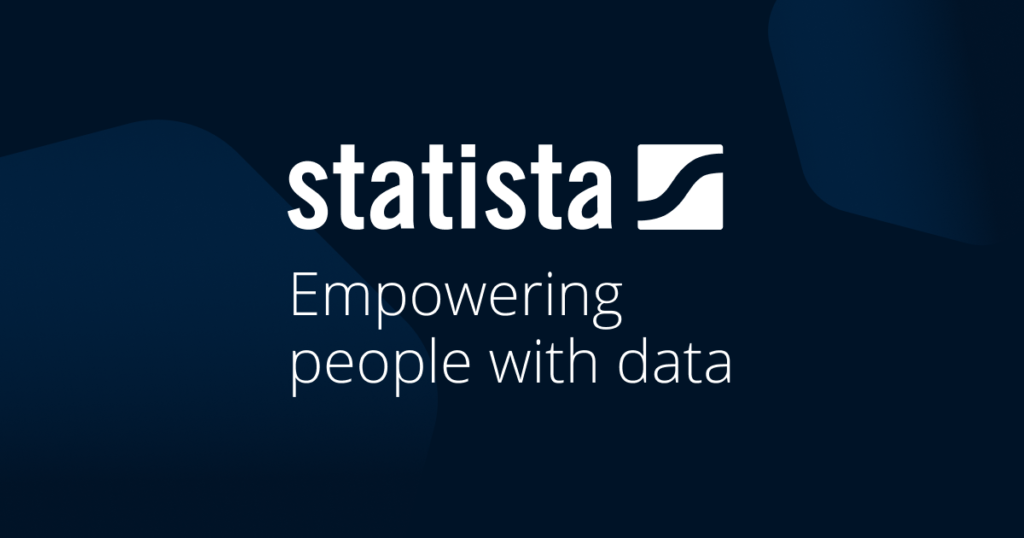As an online bookseller, Amazon has evolved into a global powerhouse and has led the cloud computing landscape with Amazon Web Services (AWS). AWS raked in over 90 billion U.S. dollars in net sales revenue, forming a significant portion of Amazon’s net total for 2023. Amazon’s service offerings have increased over the years, including online and physical stores, retail third-party seller services, subscription services, AWS, and other related services. Due to global interest in cloud services and the disruption they are causing across various sectors, AWS has become a major player in the industry, solidifying Amazon’s position as a leader in both retail and cloud computing.
Cloud market showing strong growth
The cloud market experienced a snowball effect due to increased demand for automation and adoption of remote work culture, making it one of the most important investment opportunities for the retail and IT giants. The overall cloud applications services (SaaS) market is expected to experience an annual growth of 19 percent in 2024, with cloud system infrastructure services (IaaS) and cloud application infrastructure services (PaaS) estimated to have grown at almost 27 percent and 22 percent respectively in 2024. In terms of market size, these individual cloud service segments are expected to achieve revenues of 232 billion U.S. dollars (SaaS), 176 billion U.S. dollars (PaaS), and 180 billion U.S. dollars (IaaS) by 2024.
Amazon and other U.S. companies dominate the market
Amazon is among the largest hyperscale cloud providers, together with Microsoft Azure, Google Cloud, and Alibaba. The hyperscalers outperform other companies in the market regarding technological innovation, revenues generated, global scale, and expertise. Accordingly, AWS offers a wide range of cloud-based products, including databases, analytics, management tools, security, IoT, enterprise applications, and developer tools. The company continuously expands its repertoire of services to meet its customers’ changing needs and thereby advances industry standards and practices. For this reason, many enterprises worldwide use AWS’ public cloud platform and infrastructure services to run their applications.
This text provides general information. Statista assumes no
liability for the information given being complete or correct.
Due to varying update cycles, statistics can display more up-to-date
data than referenced in the text.

